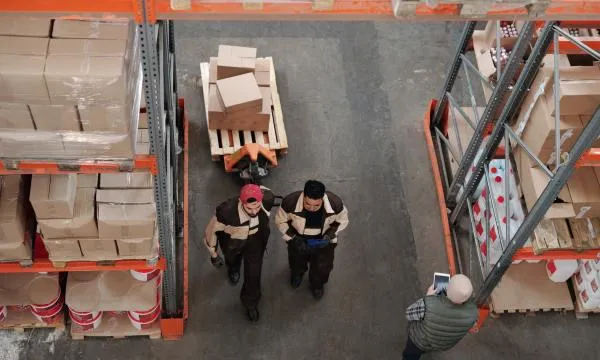The Rise of Advanced Manufacturing in Asia Pacific
A significant transformation is taking place in the manufacturing sector across the Asia Pacific region, with analysts forecasting a $1 trillion boom. This shift is being driven by four key industries: semiconductors, automotive, pharmaceuticals and biotechnology, and renewable energy equipment. These sectors are not only expanding rapidly but also demanding advanced industrial real estate solutions to meet their evolving needs.
According to a report from JLL, a global real estate services firm, these industries require more than just traditional warehouse or manufacturing spaces. They need large-scale facilities equipped with specialized infrastructure, high building specifications, and technical considerations that reflect the complexity of their production processes.
Key Requirements for Industrial Real Estate
JLL’s analysis highlights that these industries have specific requirements that go beyond conventional setups. For instance, they demand large floor plates, heavy floor loading capacity, and enhanced fire protection systems. Semiconductor and pharmaceutical facilities also require ISO-classified cleanrooms and specialized HVAC systems with components like HEPA and ULPA filters.
Floor loading requirements have increased significantly, with typical specifications ranging from 3-7 tons per square meter. For automotive and renewable energy equipment manufacturing, this can escalate to 10 tons or higher. Clear height requirements now commonly exceed 8 meters, reaching up to 25 meters or higher for renewable energy component assembly.
Power infrastructure has become a critical factor as these industries are energy-intensive. Semiconductor fabrication facilities, automotive plants with robotic assembly lines, and battery production facilities all require high-capacity electrical systems that surpass standard industrial specifications.
Long-Term Lease Terms and Build-to-Suit Arrangements
The specialized nature of these requirements is leading to longer lease terms and an increase in build-to-suit arrangements. While these enhanced specifications result in higher development costs, they also create opportunities for landlords to command premium rents and secure long-term tenant relationships in high-value manufacturing sectors.
Ben Horner, Executive Director, Industrial & Logistics, Asia Pacific at JLL, emphasized that as manufacturers adopt China+N strategies and supply chain diversification, industrial real estate providers must prepare for increasingly sophisticated tenant requirements. These industries represent attractive tenants for industrial landlords, but they come with significantly more complex operational demands.
Asia Pacific’s Dominance in Manufacturing
Asia Pacific continues to dominate global manufacturing across these growth sectors. The region accounts for over 60% of global semiconductor revenue and 74% of new renewable energy capacity additions in 2024. China leads multiple categories, while Taiwan specializes in advanced semiconductors. South Korea leverages its technological sophistication, and emerging markets like India and Southeast Asia capitalize on competitive advantages to attract diverted manufacturing investments.
Conclusion
The manufacturing boom in Asia Pacific is reshaping the industrial real estate landscape. As advanced manufacturing becomes the norm, the demand for sophisticated facilities will continue to grow. Landlords and developers must adapt to meet these evolving needs, ensuring they can support the next generation of manufacturing facilities. This transformation presents both challenges and opportunities, setting the stage for a new era in industrial real estate.
